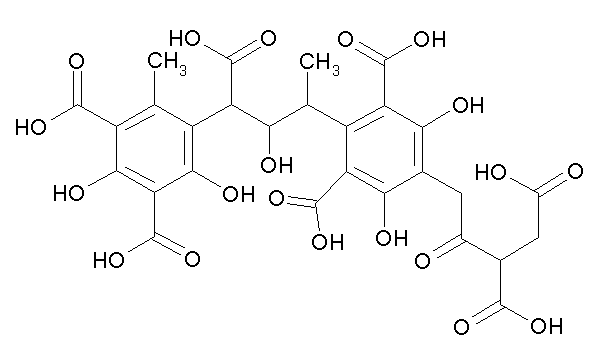region2
Field Bee
- Joined
- Jan 21, 2010
- Messages
- 696
- Reaction score
- 0
- Location
- E Sussex, uk
- Hive Type
- National
- Number of Hives
- 5+
Cleaning Poly Hives
Cleaning Poly Hives
Just had a talk from the Bee Inspector - he recommends cleaning a Poly hive by scraping off the propolis and other sticky stuff and then 20 minutes contact time in .5% sodium hypochlorite solution (bleach is normally 3% so dilute accordingly). So either a v. big tub for 20 mins or a tray for 20mins per side - a lengthy process...
R2
Cleaning Poly Hives
Just had a talk from the Bee Inspector - he recommends cleaning a Poly hive by scraping off the propolis and other sticky stuff and then 20 minutes contact time in .5% sodium hypochlorite solution (bleach is normally 3% so dilute accordingly). So either a v. big tub for 20 mins or a tray for 20mins per side - a lengthy process...
R2






